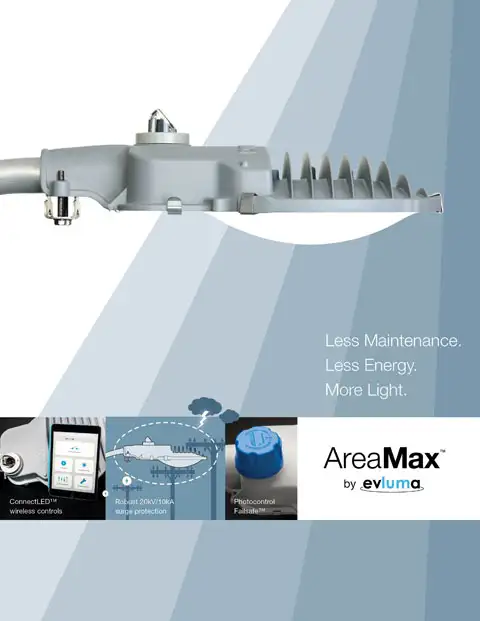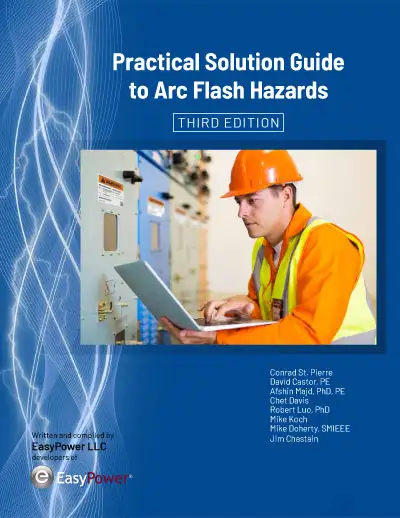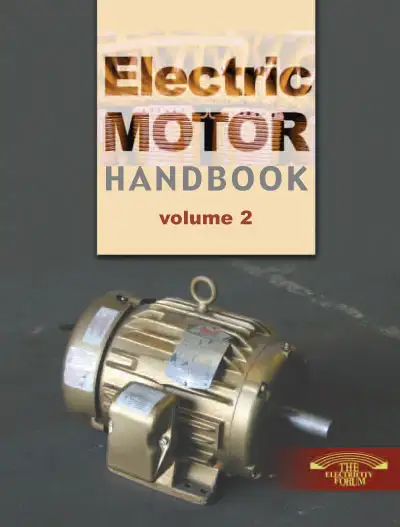What Is The Most Frequent Violation Of OSHA Electrical Standards?

Electrical safety is a critical concern in workplaces, as improper practices can lead to severe injuries, shock electrocution, and even fires and explosions. The Occupational Safety and Health Administration (OSHA) sets guidelines for ensuring safe working conditions, particularly around electricity. Unfortunately, violations of these regulations are common, putting workers at unnecessary risk. Understanding the most frequent violations of OSHA electrical standards can help employers implement better safety protocols and protect their workforce.
What is the Most Common Violation of OSHA Electrical Safety Standards in Workplaces?
The most frequently cited violation of OSHA's electrical regulations involves lockout/tagout (LOTO) procedures. Lockout/tagout is the process used to ensure that machines are properly shut off and not restarted before maintenance or service work is completed. This procedure involves de-energizing electric equipment and using locks and tags to prevent re-energization.
Lockout/tagout violations occur when companies fail to implement procedures that effectively isolate energy sources, such as power sources and circuits, or when workers are not properly trained on these procedures. Without the correct lockout/tagout systems, workers can accidentally be exposed to hazardous energy, leading to electric shocks, electrocution, or severe injuries.
Why Are Lockout/Tagout Violations Considered One of the Most Frequent OSHA Electrical Safety Violations?
Lockout/tagout violations are particularly dangerous because they involve improper control of hazardous energy. When systems are not de-energized or isolated correctly, there is a risk that the equipment could become live during service or maintenance. Locks and tags are used to ensure the system remains off while being worked on, with instructions attached to the locks to warn workers of the potential hazards.
A common issue arises when employees bypass or ignore the lockout/tagout procedures, or when multiple workers are performing maintenance and fail to coordinate their actions. Failing to follow these steps is one of the top ten most cited electrical safety violations by OSHA and can easily result in shock electrocution or equipment damage.
How Do Inadequate Grounding Practices Lead to Frequent OSHA Electrical Violations?
Inadequate grounding practices also contribute to frequent violations of OSHA electrical standards. Grounding is essential because it prevents electric equipment from becoming energized if a fault occurs. When grounding is improperly installed or maintained, workers are at greater risk of shock electrocution and fires and explosions.
Common grounding violations include failing to ground portable electric tools or equipment, especially when operating in outdoor or wet environments. Additionally, grounding may be compromised in older systems that are not updated to meet current safety requirements. This oversight is frequently cited during OSHA inspections and can lead to serious incidents.
What Role Does Improper Use of Extension Cords and Temporary Wiring Play in OSHA Electrical Violations?
Improper use of extension cords and temporary wiring is another frequent cause of violations. Extension cords are often used in construction sites and temporary workspaces, but improper handling and overuse can lead to significant hazards. For example, overloading extension cords or using them for long-term power supply solutions can result in overheating and increase the risk of fires.
Temporary wiring systems are often not installed to code, posing a risk of short circuits, shocks, or fires and explosions. OSHA requires that temporary wiring be used only for a limited time and installed by qualified personnel, yet these guidelines are frequently disregarded, leading to frequent OSHA citations.
How Can Employers Avoid the Most Frequent OSHA Electrical Standard Violations?
To avoid frequent violations of OSHA electrical standards, employers must take proactive steps to ensure that their workplaces comply with safety regulations. Below are some key strategies:
-
Conduct regular audits: Regular safety audits can help identify potential hazards before they become violations. By performing these audits, employers can ensure that all electric equipment is properly maintained and that workers are following safety protocols.
-
Train employees on lockout/tagout procedures: Employers must ensure that all workers understand lockout/tagout protocols, including how to de-energize equipment and properly use locks and tags. Clear instructions must be attached to the locks used during maintenance to prevent accidental re-energization.
-
Ensure proper grounding of equipment: Grounding must be checked regularly, especially for portable tools and outdoor equipment. Ensuring proper grounding practices will reduce the risk of shocks and other hazardous events.
-
Monitor the use of extension cords and temporary wiring: Extension cords should only be used for short-term purposes, and temporary wiring should be installed by a qualified electrician. Long-term reliance on these can lead to significant hazards, increasing the risk of OSHA citations.
-
Stay compliant with OSHA regulations: Staying informed about OSHA’s requirements and regularly updating safety practices can help companies remain compliant.
By addressing these key factors, employers can reduce the likelihood of hazards, avoid OSHA citations, and ensure the safety of their workers. Proper training, the correct use of protective equipment, and regular inspection of systems can significantly minimize the risk of accidents and improve overall workplace safety.
Top 5 most frequent violations of OSHA electrical standards:
-
Failure to implement proper lockout/tagout (LOTO) procedures
- Involves not properly de-energizing equipment or failing to use locks and tags during maintenance.
-
Inadequate grounding of equipment
- Occurs when portable tools or equipment are not grounded, increasing the risk of electric shock and fires.
-
Improper use of extension cords and temporary wiring
- Includes overloading cords, using damaged cables, or relying on temporary wiring for long-term power needs.
-
Failure to maintain safe clearance from overhead power lines
- Involves workers or equipment coming too close to energized overhead power lines, often without the proper safety precautions.
-
Improperly installed or maintained protective devices
- Includes failing to regularly inspect and maintain circuit breakers, fuses, and other devices designed to protect against hazards.
EF PARTNER MEDIA
Videos
Product Showcases
Shared Media

























